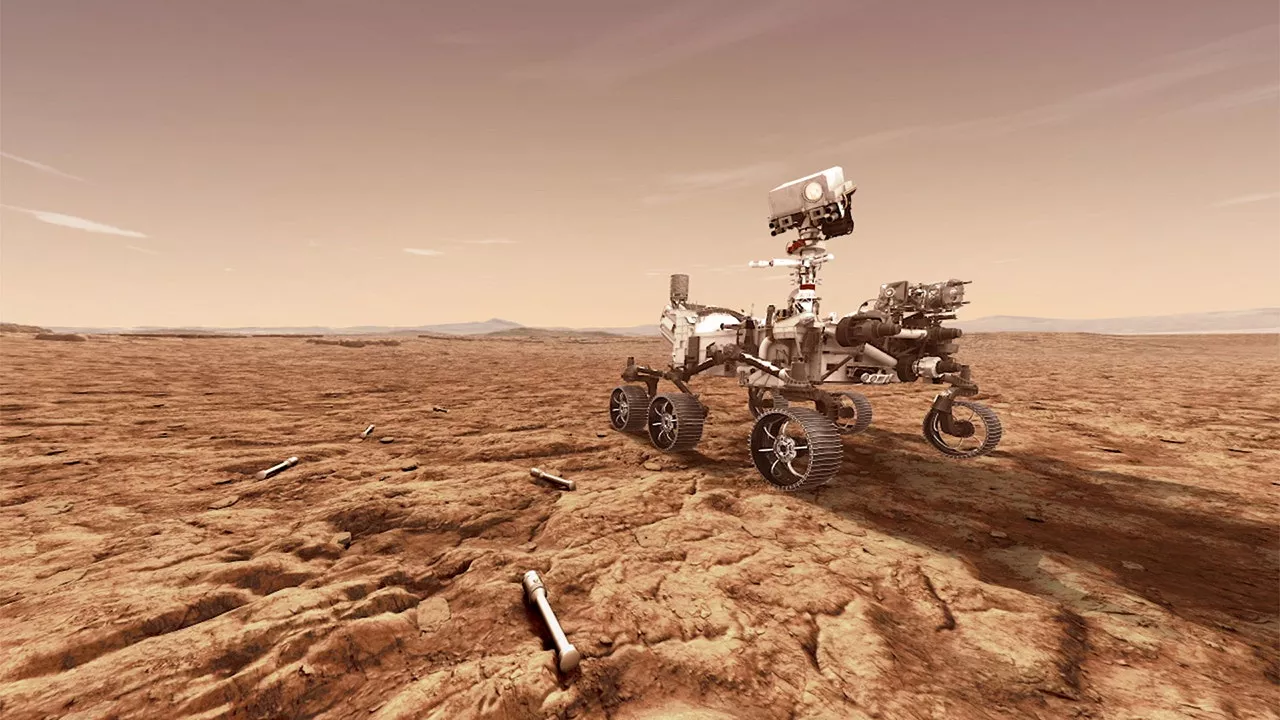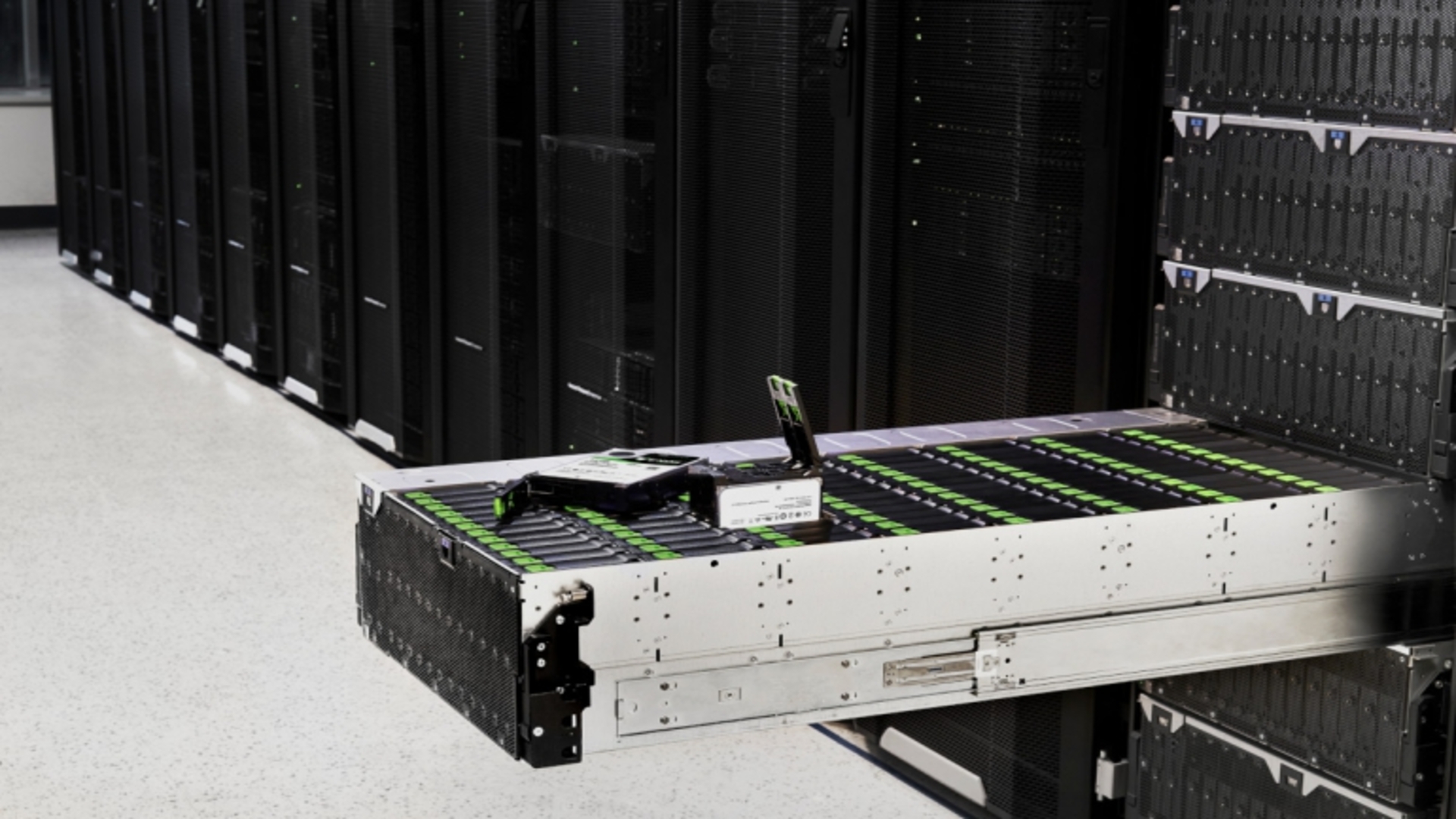BREAKING: NASA’s Perseverance rover may have just discovered a potential meteorite on Mars, a shiny rock nicknamed ‘Phippsaksla’ that contains high levels of iron and nickel. This groundbreaking find, if confirmed, would mark a significant milestone in the rover’s mission and add to the roster of cosmic visitors identified on the Martian surface.
The discovery was detailed in a recent blog post on the rover’s mission page, where NASA scientists highlighted how Phippsaksla stood out among the flat, broken terrain in the Jezero Crater. Initial tests revealed unusually high concentrations of iron and nickel—elements typically found in meteorites from ancient asteroids.
This is especially noteworthy as Perseverance is the first rover of its kind to potentially identify such a find after nearly four years of exploration. Earlier missions, including Curiosity and Opportunity, have discovered similar metallic rocks, making Phippsaksla a significant addition to Perseverance’s findings.
NASA utilized the rover’s SuperCam—a sophisticated instrument that fires lasers to analyze chemical compositions—to examine Phippsaksla closely. According to NASA, the readings suggest a meteorite origin, as iron and nickel are rarely found together in native Martian rocks.
“If confirmed, the discovery of Phippsaksla could provide valuable insights into how meteorites interact with the Martian surface over time,” NASA stated. The rock’s positioning on ancient impact-formed bedrock outside Jezero Crater could further illuminate its formation history and journey to its current location.
Scientists continue studying Phippsaksla’s unique makeup to validate its extraterrestrial origins. If this shiny rock is indeed a meteorite, it would not only solidify Perseverance’s role in Martian exploration but also highlight the ongoing surprises that await on the red planet, located a staggering 140 million miles from Earth.
Perseverance itself is no ordinary rover. Launched on July 30, 2020, it traveled a remarkable 293 million miles to reach Mars, landing on February 18, 2021. The rover, built at NASA’s Jet Propulsion Laboratory in Pasadena, California, is equipped with advanced technology including a $2.7 billion budget, a seven-foot robotic arm, and a rock drill designed to collect samples for potential future return to Earth.
As the mission progresses, NASA aims to gather more information about Phippsaksla and its implications for understanding Mars’ geological history. The findings could also pave the way for future human exploration planned in the 2030s.
Stay tuned for more updates as scientists delve deeper into this exciting discovery. The universe continues to reveal its mysteries, even on distant worlds like Mars.







